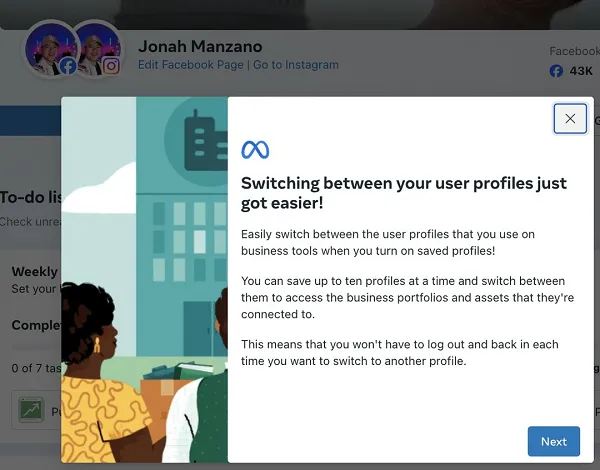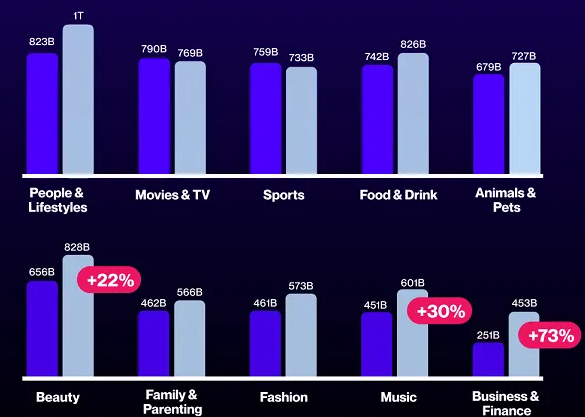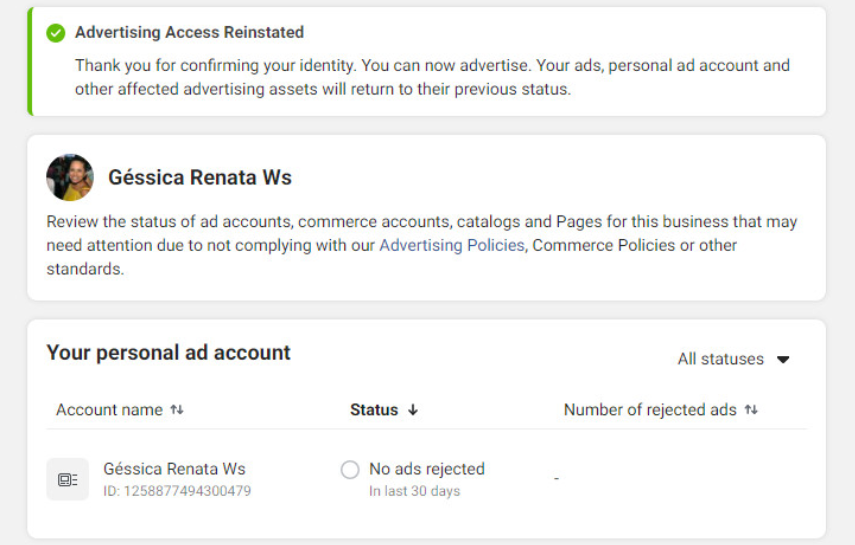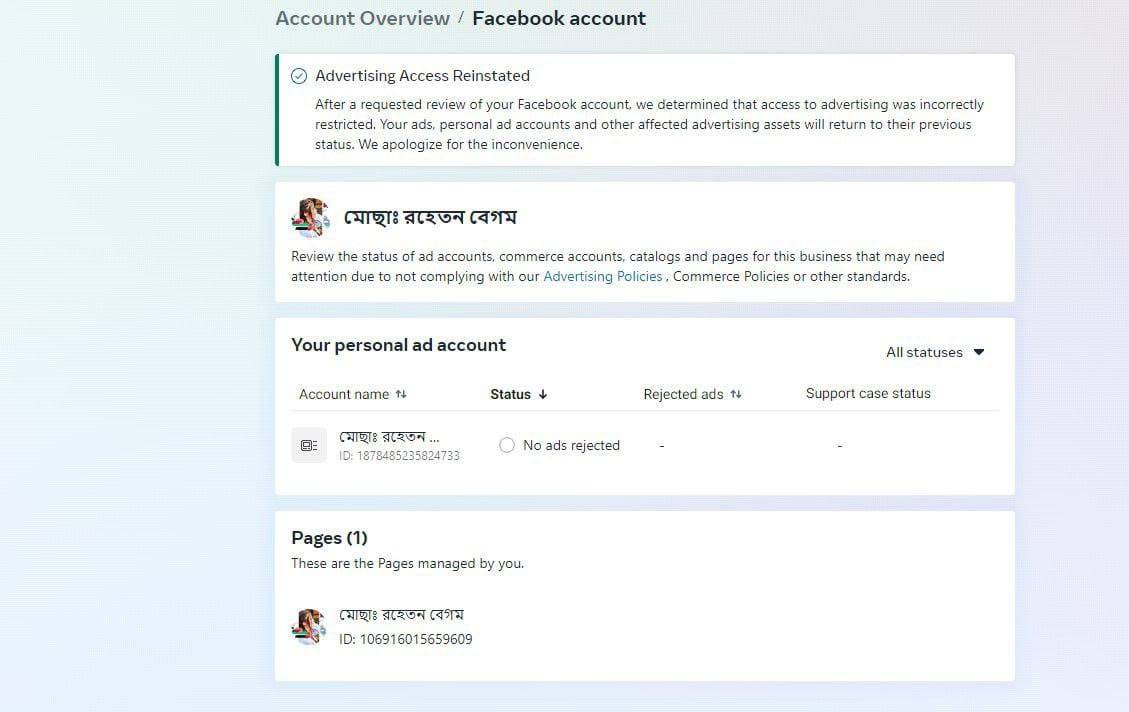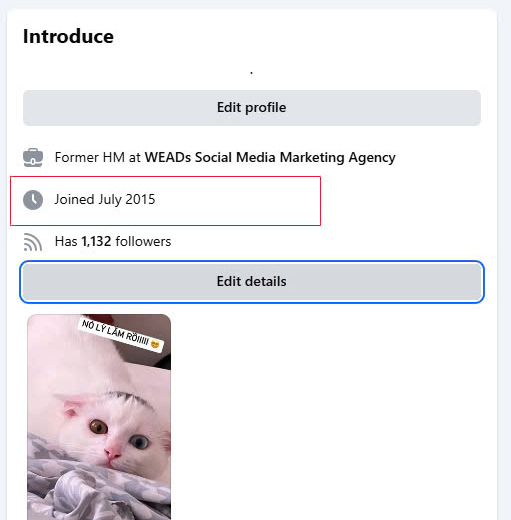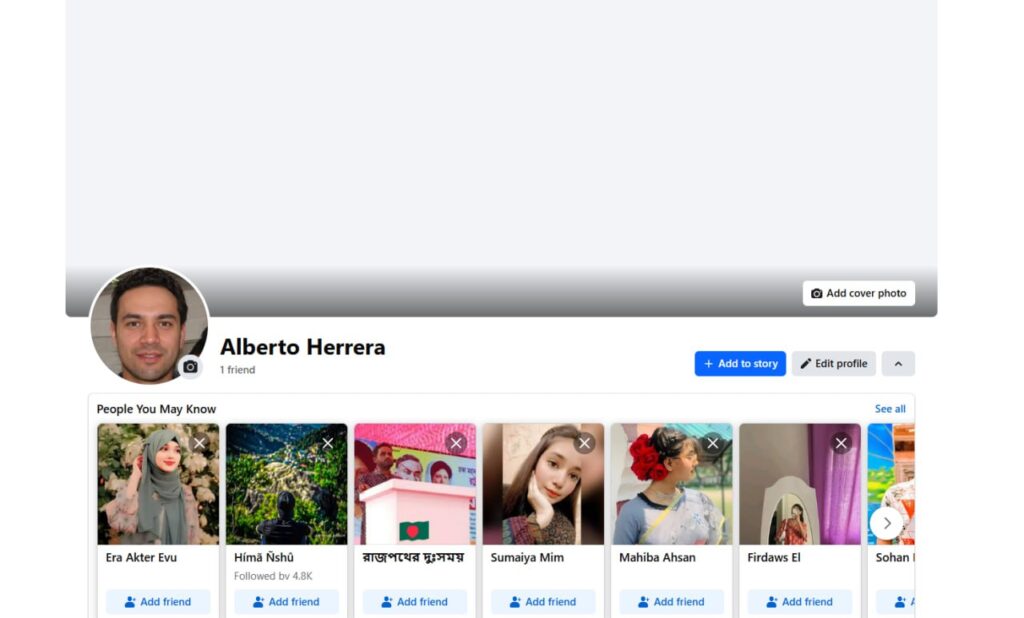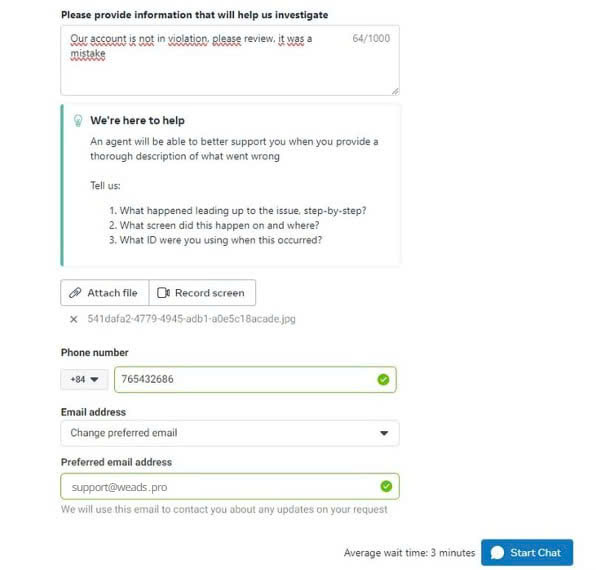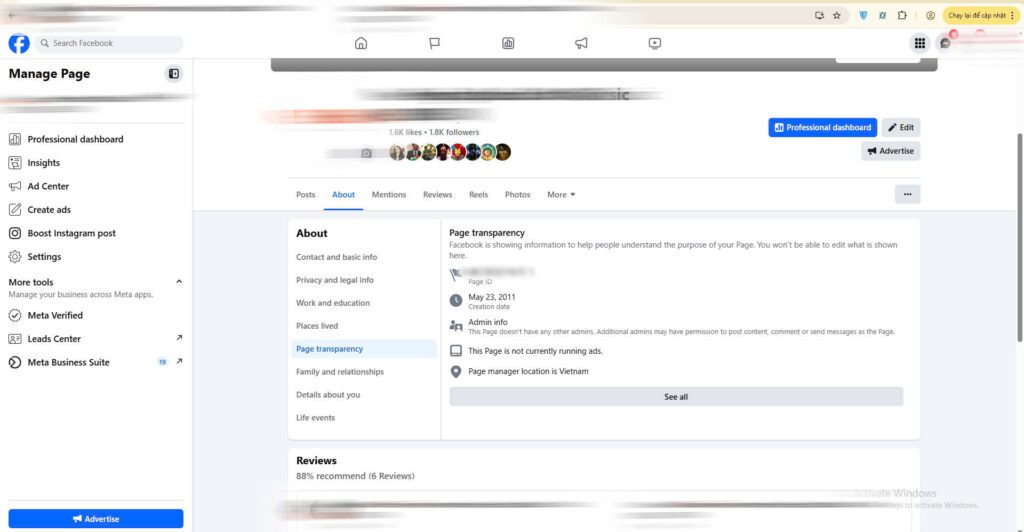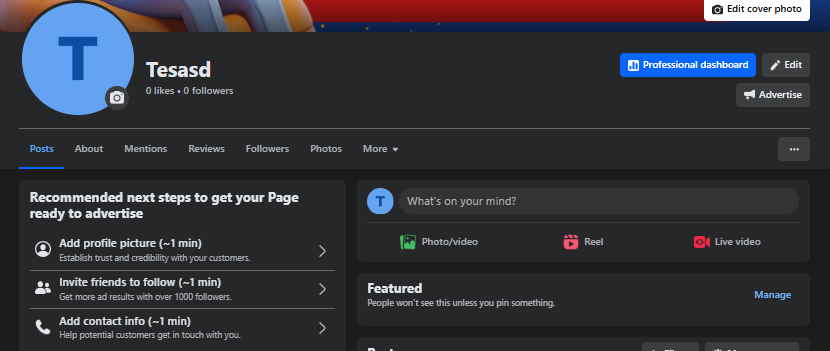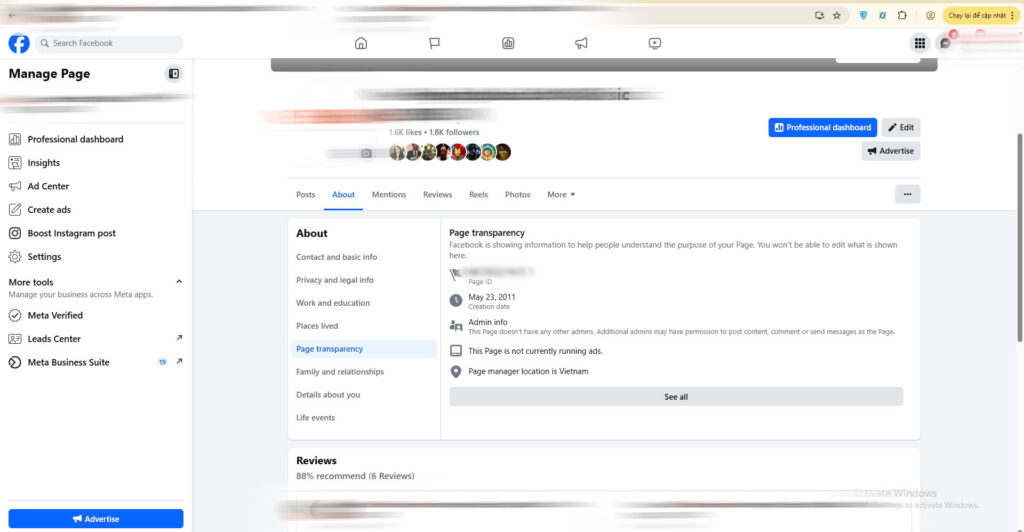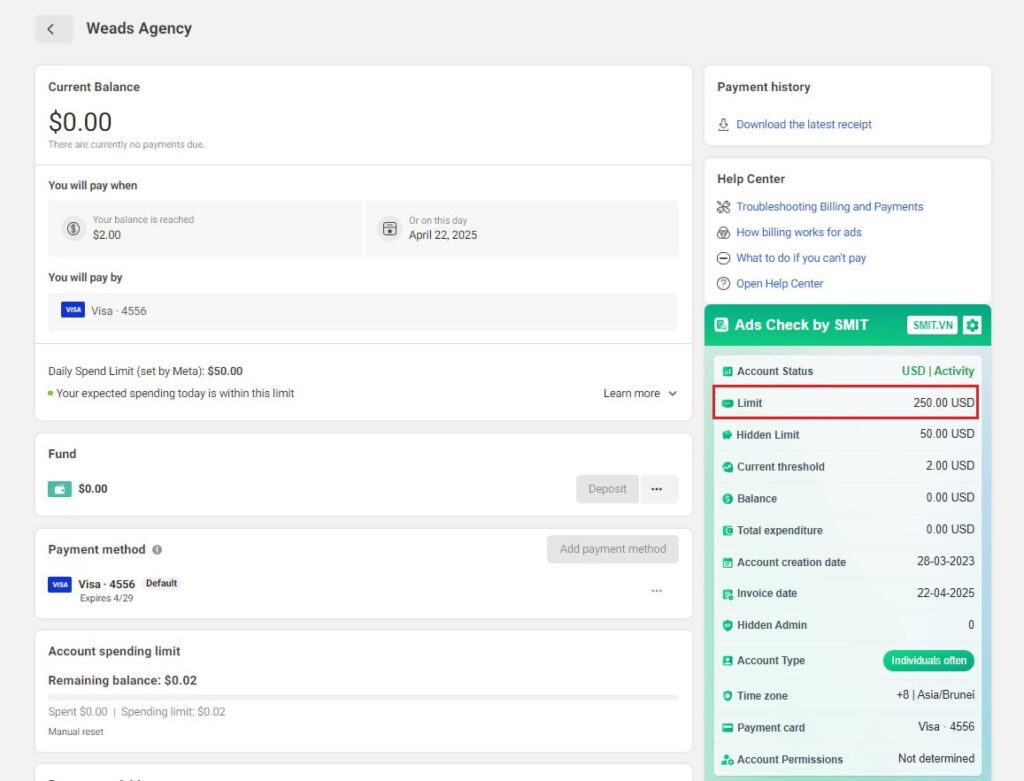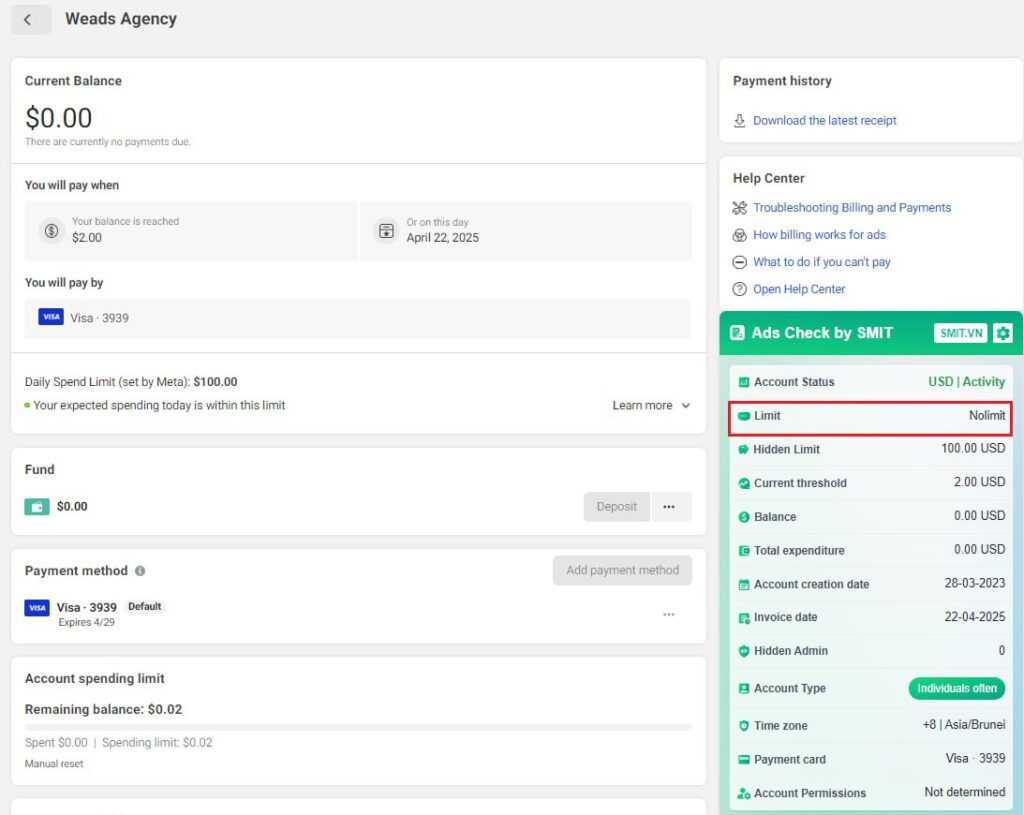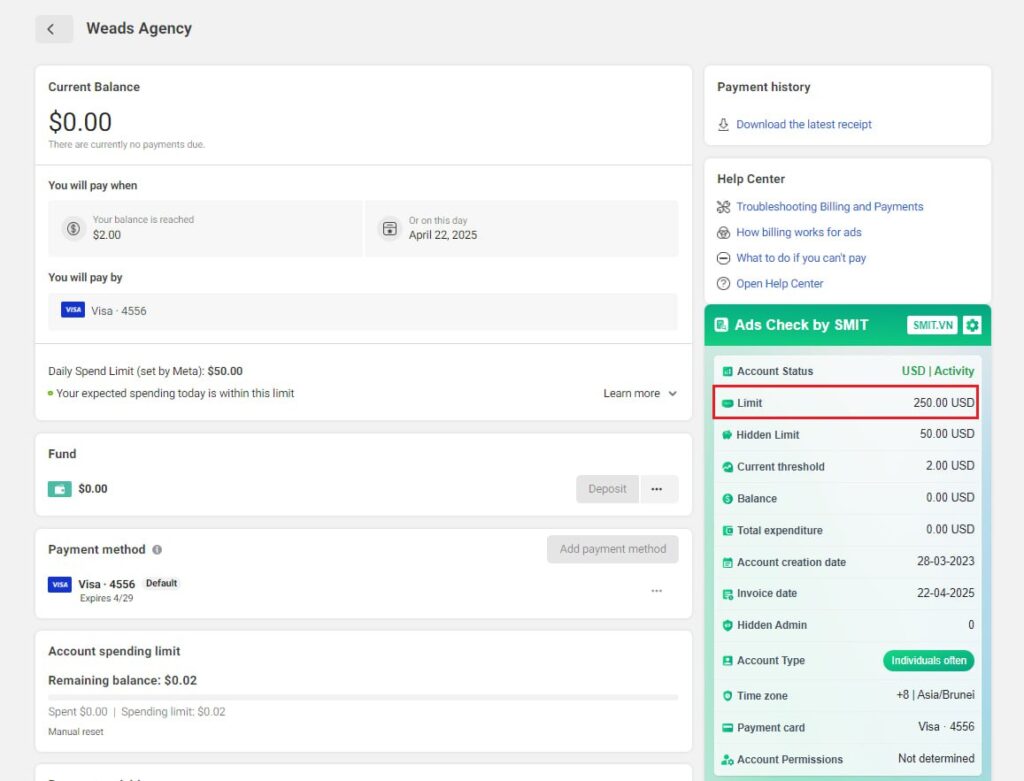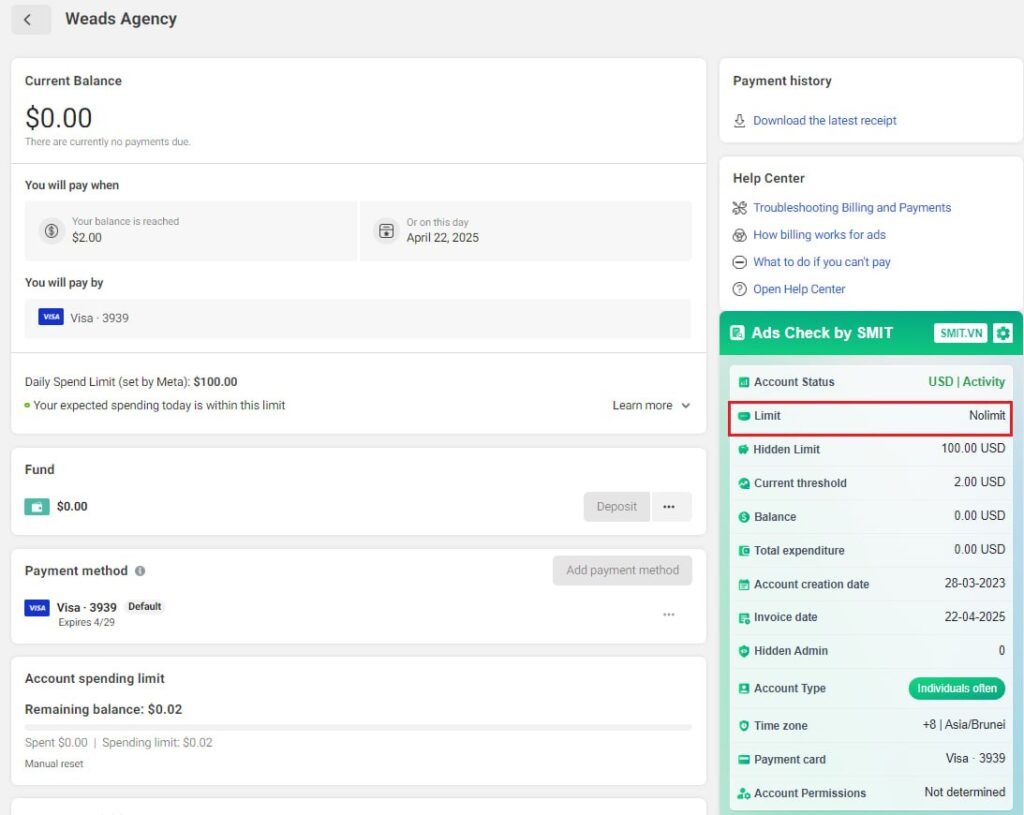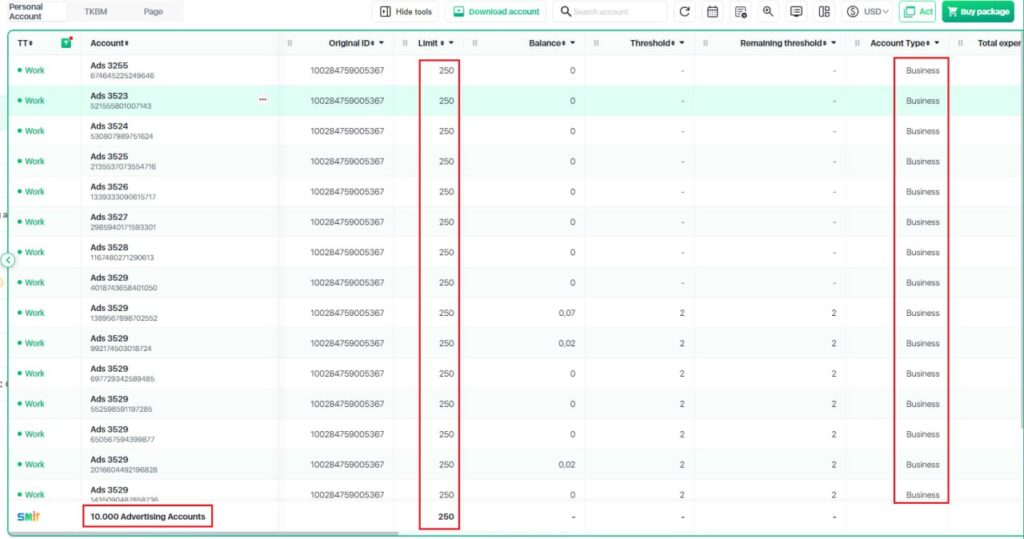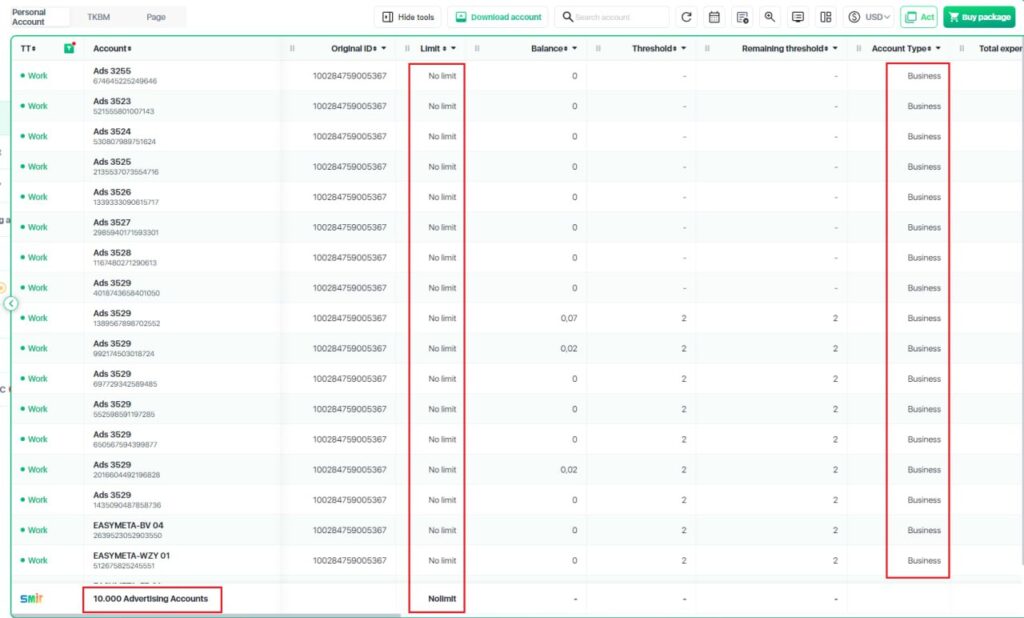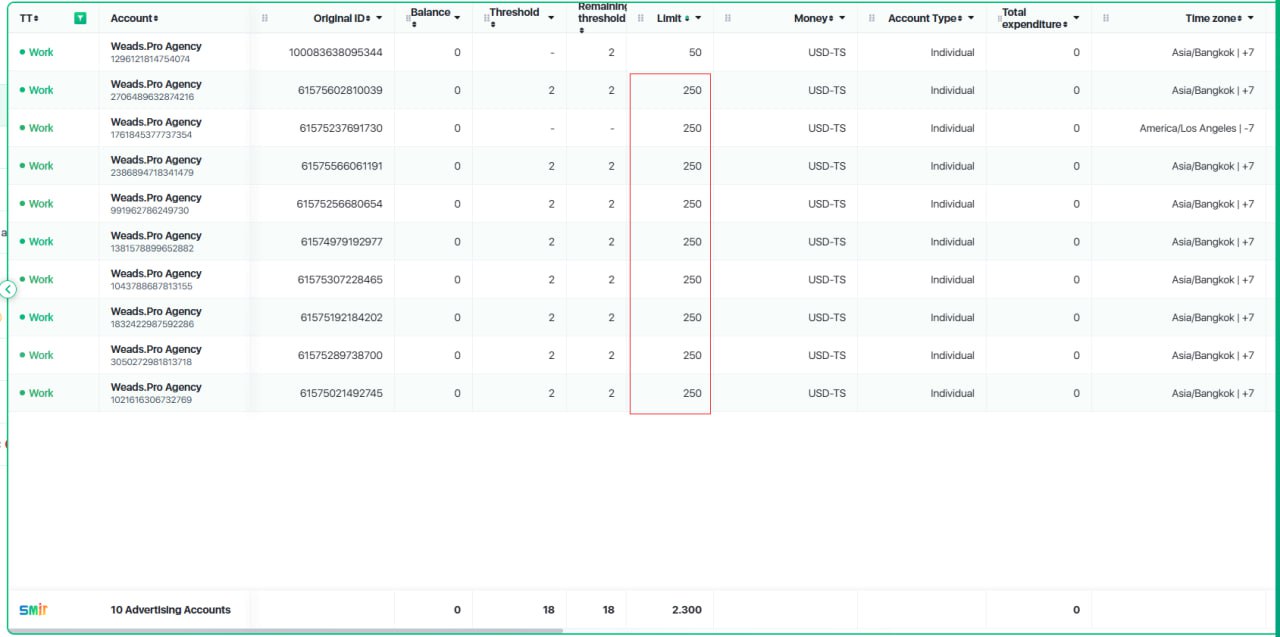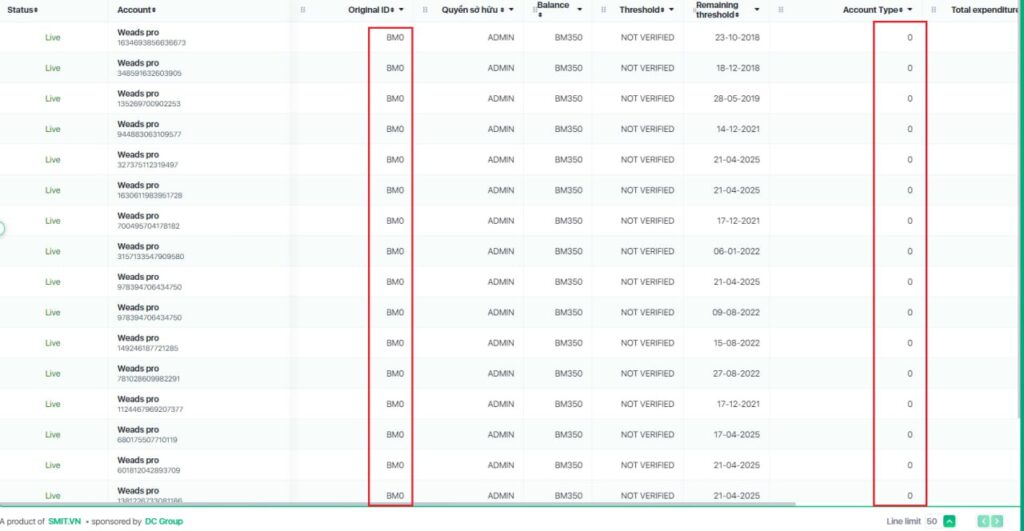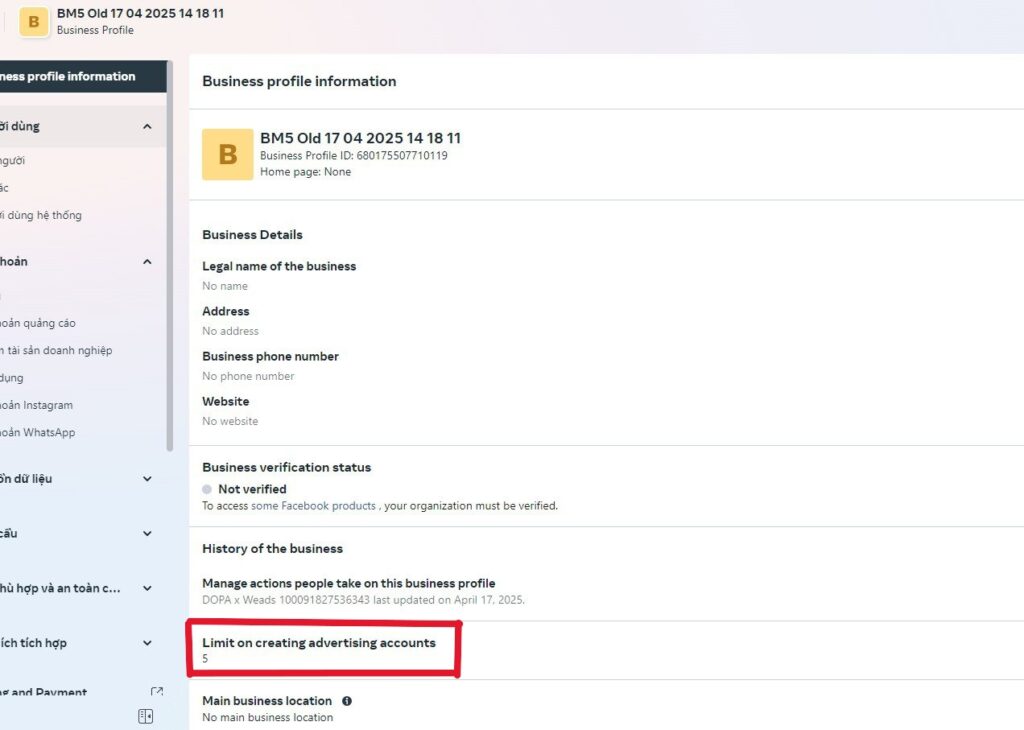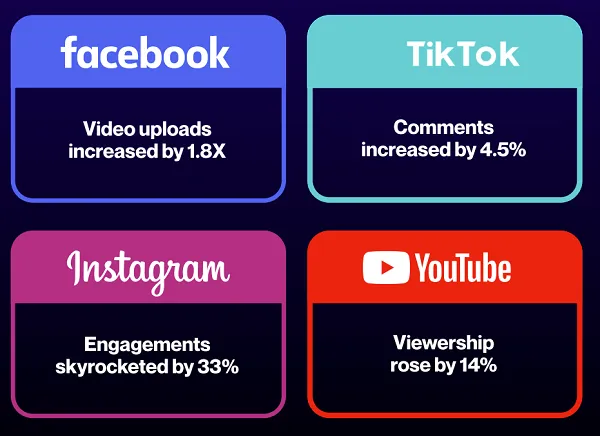After Instagram announced that it was switching to “Views” as its primary focus metric back in August, Meta has now announced that Facebook will follow suit, while it’s also provided some additional guidance for brands as to how the re-focus on views will impact their data, and what that means for performance.
To recap, back in August, Instagram announced that it was shifting away from variable content metrics, like “plays”, “impressions” and “accounts reached”, to a more uniform “views” count instead, with “views” taking over as the main metric for both video and image content.
That aligns with Instagram’s shift towards more video content, while also simplifying its metrics, that had gotten more complex, given the different data points for posts, Stories, Reels, etc.
And Facebook will now also use this as its singular focus metric, shifting away from similar variable measurements.
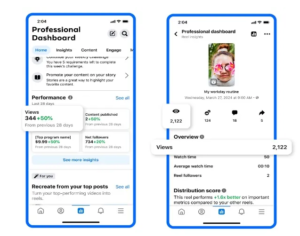
As per Meta:
“Creators will now have a single distribution metric for all content types that’s calculated the same way across Facebook and Instagram. The new metric – called Views – tells you the number of times a reel or video was played or the number of times photo or text posts were on screen, and aligns with Instagram’s recently updated metrics.”
So now, you’ll have a more streamlined, and ideally more understandable way to measure your content performance across both apps, with Views measuring all types of consumption behavior.
Meta says that how views are calculated will not change, so creators “shouldn’t see any meaningful changes to this metric other than the new name.
Though there will be some differences:
“For Stories, photo or text posts, “Views” will replace “Impressions”. Views are calculated as the number of times they appear on a person’s screen, including repeat views. So for example, a person viewing a photo three separate times in the same day would count as three Views for that photo instead of one Impression. This means you may notice your Views are higher than your previous impression counts.”
In addition to this, Meta’s also switching its “Watch Time” and “Average Watch Time” metrics with “Minutes Viewed” and “Average Minutes Viewed”.
“Watch Time is the total amount of time the reel or video was played, including any time spent replaying the reel or video. It captures how long people watch down to the second, whereas Minutes Viewed rounded to the closest minute. Other metrics like Reach, 3-second views, 1-minute views, Reactions, Comments and Shares will remain unchanged.”
These metrics should be unchanged in what they measure, but they’ll now be renamed. So if your Facebook metrics look confusing next time you log in, this is probably why.
Keep up with the story. Subscribe to the Social Media Today free daily newsletter
Email:Sign up
Given the rise of video content across both apps, it makes sense to make views the focus metric, while simplifying its data points will also help in keeping track of each aspect. But it will also be a change in approach, and there may also be variances in your data, so it’ll be worth keeping an eye out for any major shifts.
Because it may not mean that you’ve stumbling onto some great content idea, it could be that the measurement method is slightly different, inflating your numbers.
Meta says that it’s rolling out these changes within the Meta Business Suite and Professional Dashboard over the next few weeks.


